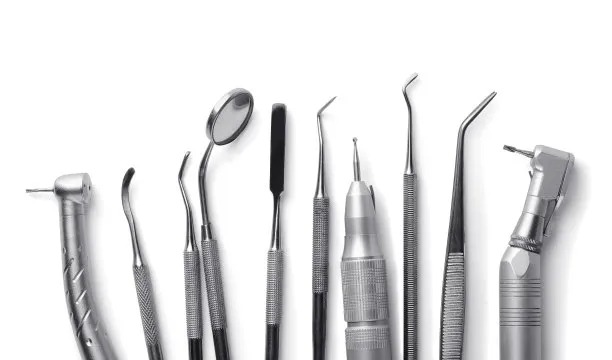Understanding the Process and Importance of Extracting a Tooth for Oral Health and Future Dental Care
Summary: Understanding the process of tooth extraction is vital for maintaining oral health and ensuring the effectiveness of future dental care. This article delves into the reasons why a tooth might need to be extracted, the various techniques employed during the procedure, the recovery process, and the long-term implications for dental health. Each section offers insights into how timely tooth extractions can prevent further complications, improve oral hygiene, and aid in the overall health of the mouth. By recognizing the significance of this dental procedure, individuals can make informed decisions regarding their oral care.
1. Reasons for Tooth Extraction Explained

Many factors can necessitate the extraction of a tooth, ranging from decay to overcrowding. One of the most common reasons is severe dental decay, which compromises the integrity of the tooth and leads to persistent pain or infection. When decay reaches the pulp, it may necessitate the complete removal of the tooth to preserve the surrounding teeth and tissues.
Another reason for extraction is periodontal disease, which affects the structures supporting the teeth. In advanced cases, the infection can cause significant damage, making extraction a viable solution to prevent further complications. The removal of diseased teeth can help improve the overall health of the mouth.
Lastly, overcrowding is a common issue, particularly for individuals preparing for orthodontic treatments. In such instances, dentists may recommend tooth extraction to create sufficient space for the remaining teeth to align properly. This proactive approach can lead to enhanced oral aesthetics and function.
2. The Tooth Extraction Procedure Overview
The tooth extraction procedure typically begins with a thorough dental examination and possibly an X-ray to assess root structure. The dentist will discuss the procedure, its associated risks, and any necessary pre-operative measures. Its crucial for individuals to voice any concerns during this phase to ensure confidence in the process.
Once prepared, local anesthesia is administered to numb the area surrounding the tooth. In some cases, sedation may be offered for anxious patients. Following anesthesia, the dentist uses specialized instruments to loosen the tooth within its socket and remove it carefully.
If the tooth is impacted—meaning it is trapped beneath the gum line—surgical extraction may be required. This involves making incisions in the gums to access and remove the tooth. Both simple and surgical extractions require a skilled hand to minimize trauma to the surrounding tissues.
3. Recovery After Tooth Extraction
Post-extraction recovery is a crucial stage that determines how well the mouth heals. After the procedure, patients are advised to follow specific guidelines to minimize discomfort and promote recovery. Taking prescribed pain medications and applying ice packs can alleviate pain and swelling in the hours following the extraction.
Eating soft foods during the initial recovery period is recommended to avoid irritating the extraction site. Patients should also refrain from using straws and smoking, as these actions can disturb the blood clot that forms in the extraction site, potentially leading to dry socket—a painful condition that can delay healing.
Monitoring for signs of infection or prolonged pain is essential. Follow-up appointments may be necessary to evaluate the healing process and address any complications. Maintaining good oral hygiene practices during recovery helps reduce the risk of infection and promotes faster healing.
4. Long-Term Effects on Dental Health
The long-term effects of tooth extraction extend beyond the immediate recovery phase. Removing a problematic tooth can lead to improved overall oral health, as it often alleviates pain and prevents further infection. This proactive approach to dental care can enhance the longevity of surrounding teeth by reducing the risk of decay and periodontal disease.
Moreover, missing teeth can impact one’s bite and alignment over time. To counteract this, dentists might recommend replacement options such as dental implants or bridges. These solutions restore functionality and aesthetics, ensuring a balanced bite and an attractive smile.
Ultimately, understanding the dental intricacies associated with tooth extraction is beneficial for making informed decisions. Regular dental check-ups can help identify potential issues early, thereby reducing the necessity for future extractions and associated complications.
Summary:
This article highlights the various aspects of tooth extraction, emphasizing its importance for maintaining oral health. It covers the myriad reasons for extraction, the procedure itself, the recovery process, and the long-term impacts on dental well-being.
The knowledge gained from this exploration aids in making well-informed decisions regarding oral care and dental health. Always consult with a dental professional regarding any concerns. This article is compiled by Vickong Dental and the content is for reference only.



